Author: Steve Thanos
Centuries ago, in a time when hops were not a standard brewing ingredient, other herbs and spices were often utilized to impart bitterness, aroma, and flavor to beer while also helping to prevent spoilage. One such option is rosemary, evergreen herb that contributes a savory combination of piney, woody, and minty characteristics to whatever it’s added to, typically food dishes.
Rosemary possesses various terpenes, some that are familiar to brewers, while others are not, such as alpha pinene, eucalyptol, and verbenone. While not popular among modern brewers, some have found that using rosemary in conjunction with certain hops can have a rather desirable effect by enhancing pine and citrus characteristics. Similar to hops, there’s some debate as to when the best time to add rosemary during the brewing process is, with claims it influences bitterness, aroma, and flavor.
Inspired by Dick Canwell from Magnolia Brewing Company, I first brewed with rosemary many years ago and, having enjoyed the outcome, have made numerous beers with this savory herb since then. While I’ve typically added the rosemary at various points in the process including the mash, boil, flameout, and fermentation, I recently began to wonder if the point at which its added has a perceptible impact and designed an xBmt to test it out!
| PURPOSE |
To evaluate the differences between an American IPA where rosemary is added with 30 minutes left in the boil and one where the same amount of rosemary is added at flameout.
| METHODS |
For this xBmt, I went with a slightly modified version of my house IPA recipe, subbing in rosemary for a portion of the hops.
Catch The Deluge
Recipe Details
| Batch Size | Boil Time | IBU | SRM | Est. OG | Est. FG | ABV |
|---|---|---|---|---|---|---|
| 5.5 gal | 60 min | 49.5 | 7.4 SRM | 1.066 | 1.016 | 6.56 % |
| Actuals | 1.066 | 1.016 | 6.56 % | |||
Fermentables
| Name | Amount | % |
|---|---|---|
| Maris Otter | 10 lbs | 80 |
| Munich Malt | 1 lbs | 8 |
| Vienna Malt | 1 lbs | 8 |
| Caramel Malt 20L | 8 oz | 4 |
Hops
| Name | Amount | Time | Use | Form | Alpha % |
|---|---|---|---|---|---|
| Simcoe | 28 g | 60 min | Boil | Pellet | 13 |
| Centennial | 14 g | 20 min | Boil | Pellet | 6.6 |
| Cascade | 28 g | 5 min | Boil | Pellet | 7.3 |
| Mackinac | 42 g | 0 min | Boil | Pellet | 10 |
| Cascade | 28 g | 5 days | Dry Hop | Pellet | 7.3 |
| Mackinac | 28 g | 5 days | Dry Hop | Pellet | 10 |
Miscs
| Name | Amount | Time | Use | Type |
|---|---|---|---|---|
| Rosemary | 25 g | 30 min | Boil | Other |
| Rosemary | 25 g | 0 min | Flameout | Other |
Yeast
| Name | Lab | Attenuation | Temperature |
|---|---|---|---|
| Barbarian (A04) | Imperial Yeast | 74% | 32°F - 32°F |
Notes
| Water Profile: Ca 125 | Mg 20 | Na 8 | SO4 310 | Cl 56 |
Download
| Download this recipe's BeerXML file |
After collecting 2 sets of water and lighting the flame to get them heating up, I weighed out and milled the grains.
Once the water for each batch was adequately heated, I incorporated the grains then checked to make sure both were at the same target mash temperature.
While the mashes were resting, I prepared the kettle hop additions.
Once each 60 minute mash was complete, I removed the grains then began heating both worts up, during which I weighed out two identical amounts of freshly picked rosemary.
Both worts were boiled for 60 minutes with one receiving the rosemary addition at the 30 minute mark while it was added to the other batch at flameout. When the boils were finished, I let each sit for 20 minutes before quickly chilling the worts with my JaDeD Brewing Hydra IC.
Hydrometer measurements showed the wort where the rosemary was added during the boil had a slightly lower OG.
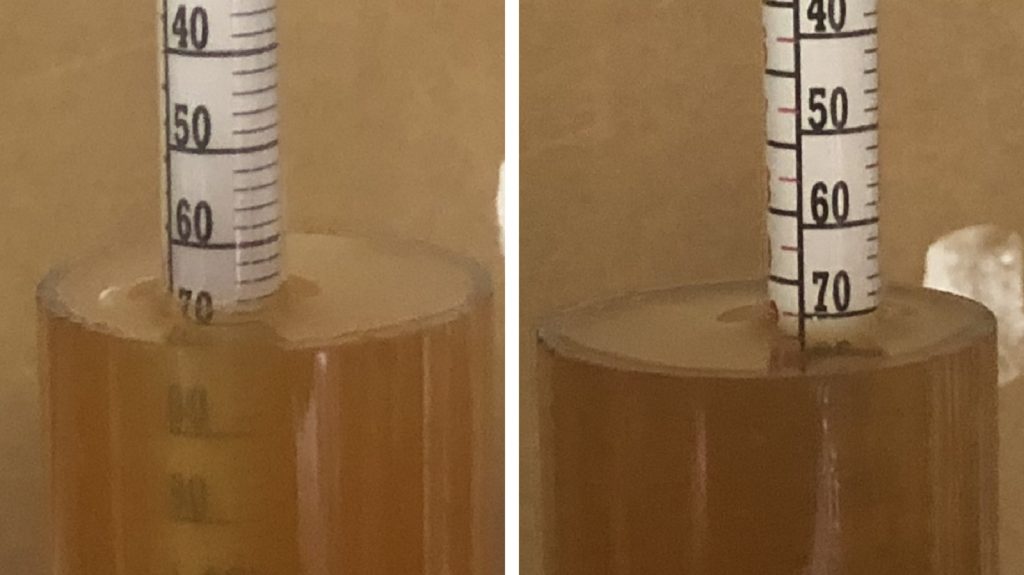
The filled carboys were placed in my chamber and left to finish chilling to my desired fermentation temperature of 66°F/19°C for a few hours before I pitched a pouch of Imperial Yeast A04 Barbarian into each.
With signs of activity absent after 3 weeks, I took hydrometer measurements showing a similar difference in FG as was observed in OG.
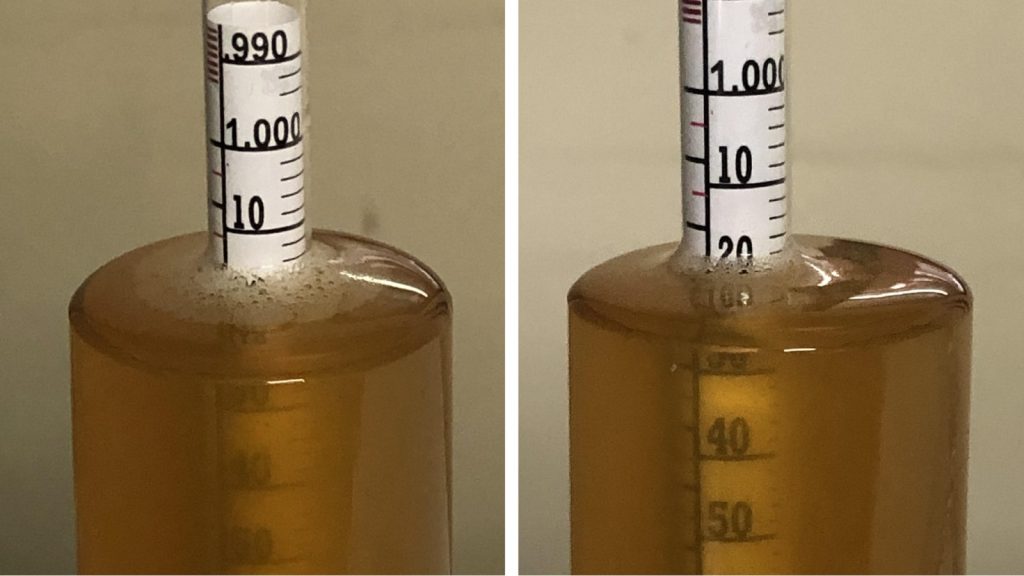
I then transferred the beers to the kegs and placed on gas in my keezer where they were left to condition for a couple weeks before they were ready to serve.
| RESULTS |
A total of 22 people of varying levels of experience participated in this xBmt. Each participant was served 2 samples of the beer made with a 30 minute boil addition of rosemary and 1 sample of the beer made with a flameout addition of rosemary in different colored opaque cups then asked to identify the unique sample. In total, 12 tasters (p<0.05) would have had to accurately identify the unique sample in order to reach statistical significance, which is the exact number that did (p=0.03), indicating participants in this xBmt were able to reliably distinguish an American IPA where rosemary was added with 30 minutes left in the boil from one where the same amount of rosemary was added at flameout.
The 12 participants who made the accurate selection on the triangle test were instructed to complete a brief preference survey comparing only the beers that were different. A total of 3 tasters reported preferring the beer where the rosemary was boiled for 30 minutes, 8 said they liked the beer made with a rosemary flameout addition more, and 1 had no preference despite noticing a difference.
My Impressions: Out of the 5 semi-blind triangle tests I attempted, I correctly identified the odd-beer-out 4 times. While mostly similar, I perceived the version made with a 30 minute boil addition of rosemary had a sharper bitterness with more dank notes while the flameout addition batch was generally more rounded overall. All in all, I felt both beers were extremely enjoyable in their own unique ways.
| DISCUSSION |
While not commonplace these days, brewers of yore relied on a variety of herbs and spices to balance the sweetness and add flavor prior to the adoption of hops as the primary beer seasoning. A common herb that many find works well in beer is rosemary, and as is the case with hops, there are differing opinions as when in the brewing process is best to add it. Interestingly, tasters in this xBmt were able to reliably distinguish an American IPA where rosemary was added with 30 minutes left in the boil from one where the same amount of rosemary was added at flameout.
Rosemary isn’t known to possess alpha acids, though considering the general consensus among tasters in post-survey discussions, it’s possible exposure to boiling wort for an extended length releases compounds that are perceptibly bitter. It could also be that boiling rosemary results in certain essential oils volatilizing off while others become more concentrated, which could explain the more dank notes in the 30 minute boil batch.
Despite my own ability to tell these beers apart with a decent level of consistency, I rather enjoyed both and thought they were more similar than they were different. Based on the differences I perceived in these beers, I’m inclined to combine boil and flameout rosemary additions in future batches, and I also look forward to exploring the impact of adding rosemary during fermentation.
If you have any thoughts about this xBmt, please do not hesitate to share in the comments section below!
Support Brülosophy In Style!
All designs are available in various colors and sizes on Amazon!
Follow Brülosophy on:
FACEBOOK | TWITTER | INSTAGRAM
If you enjoy this stuff and feel compelled to support Brulosophy.com, please check out the Support page for details on how you can very easily do so. Thanks!


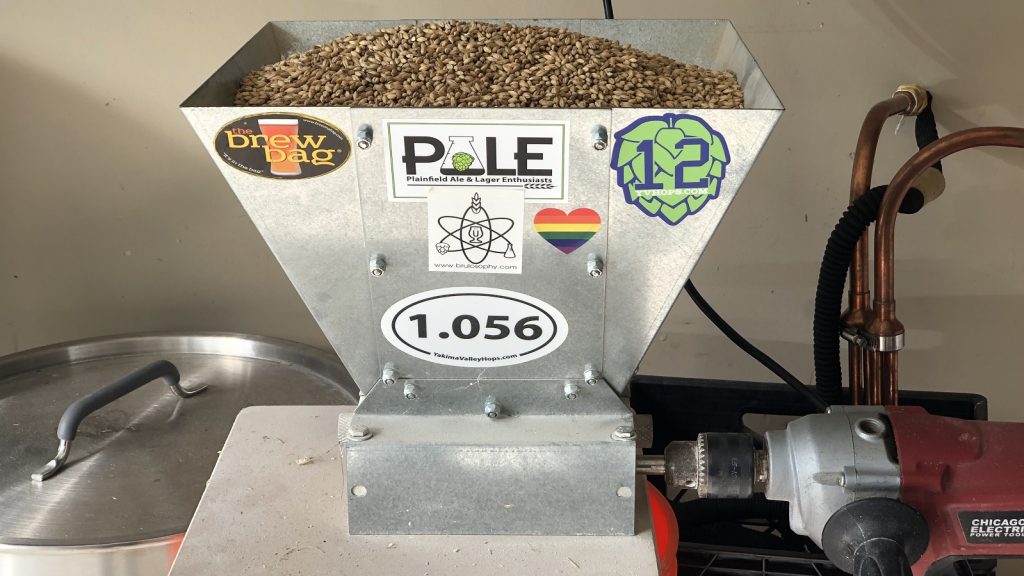
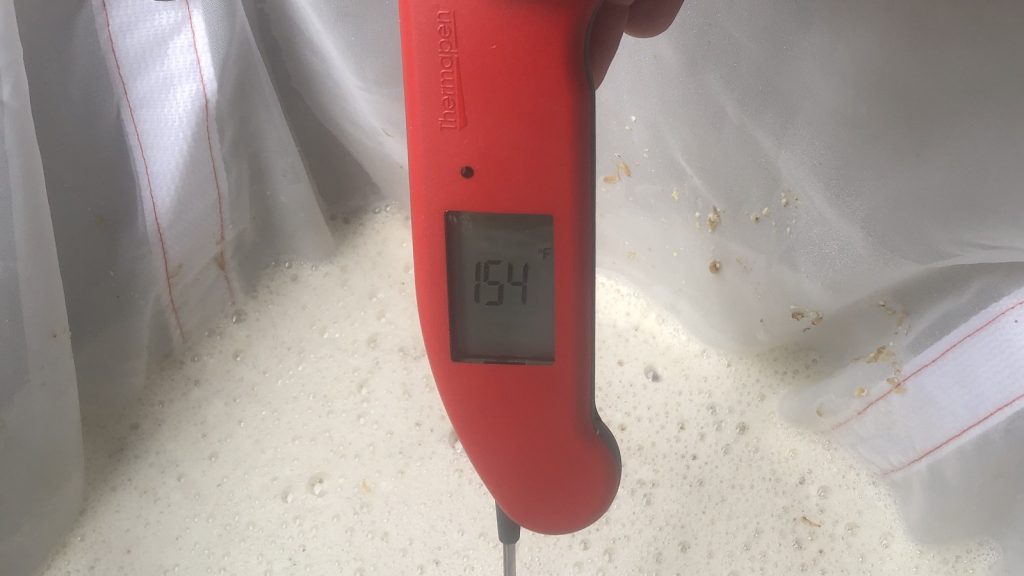
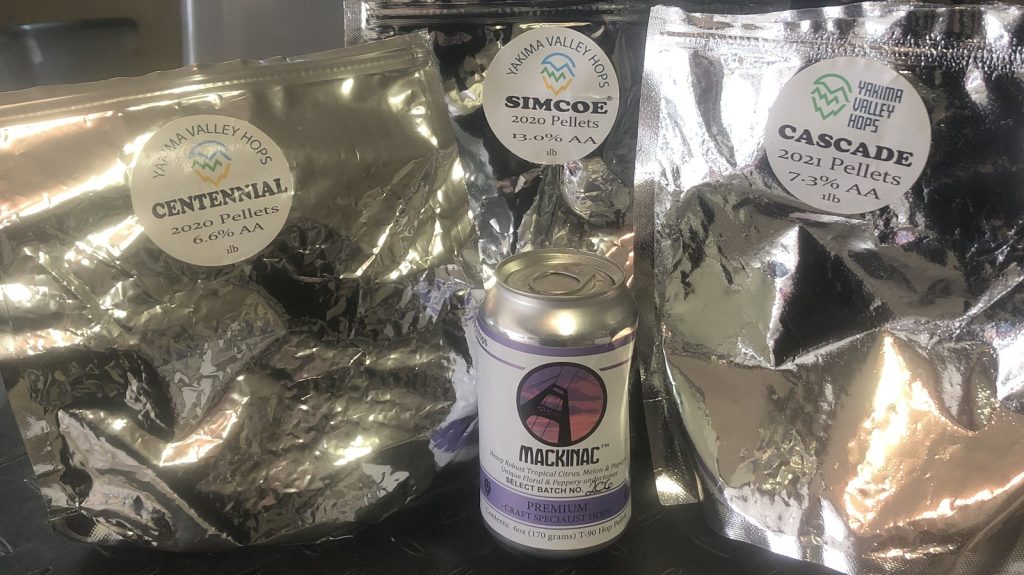
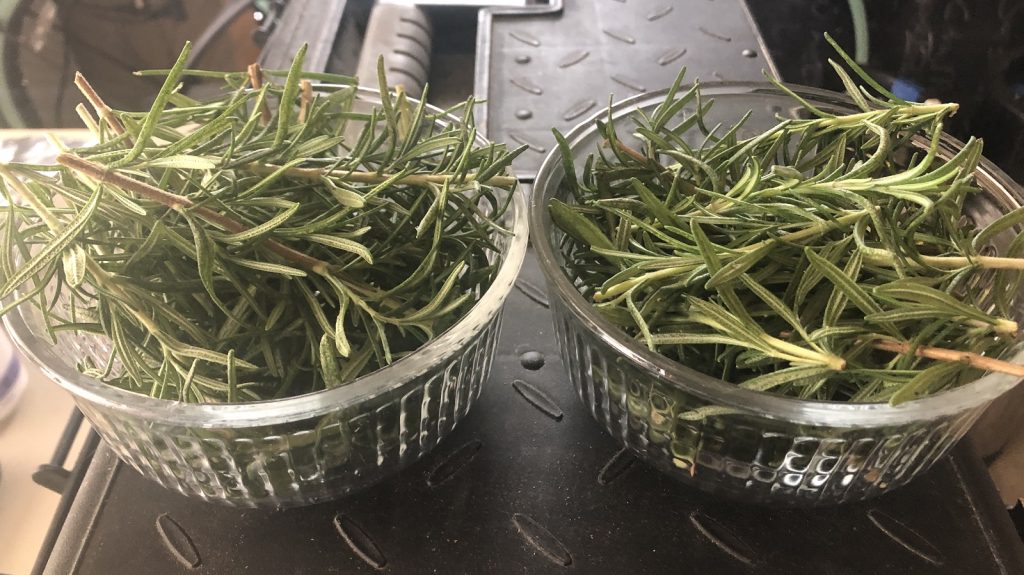
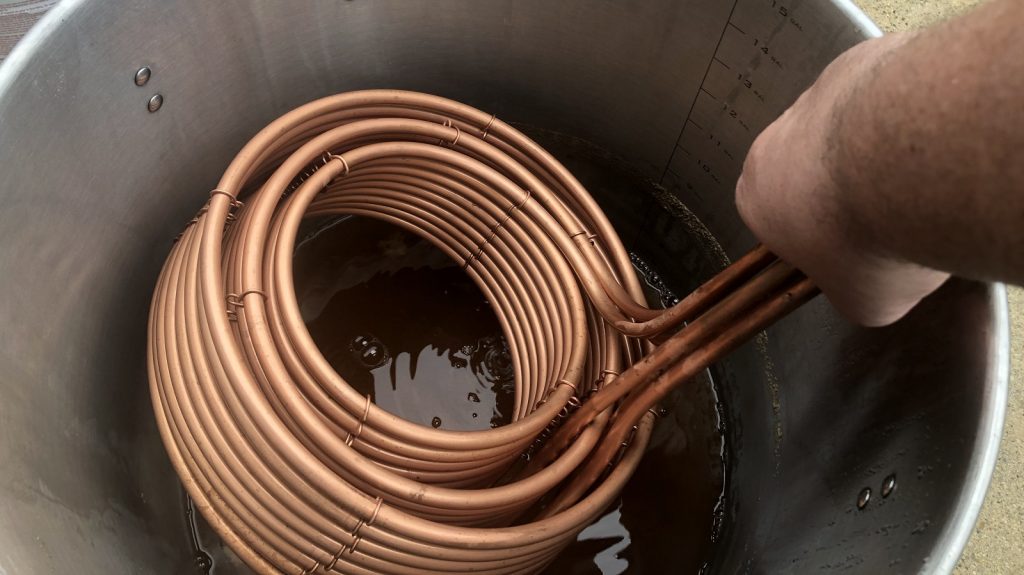
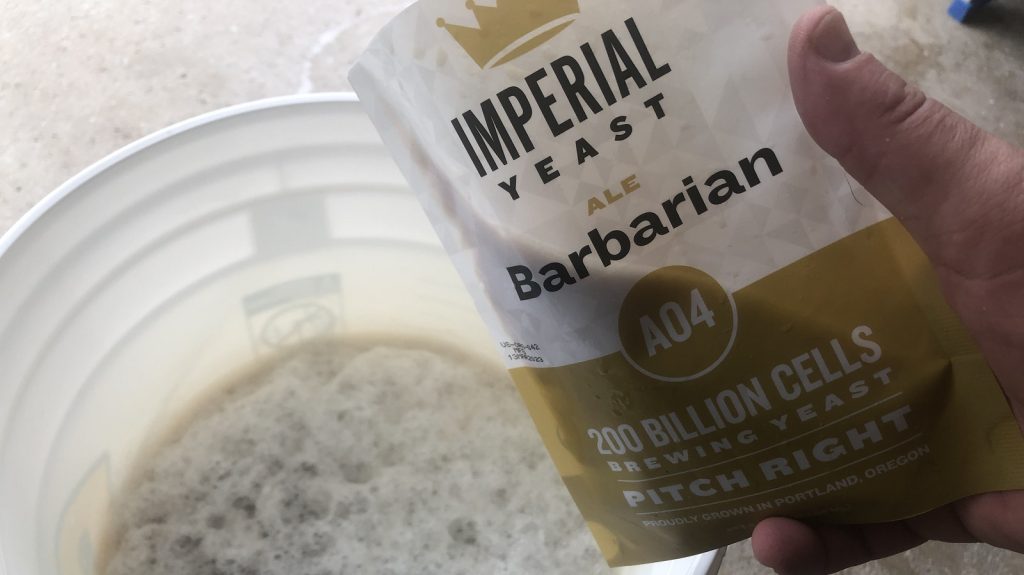
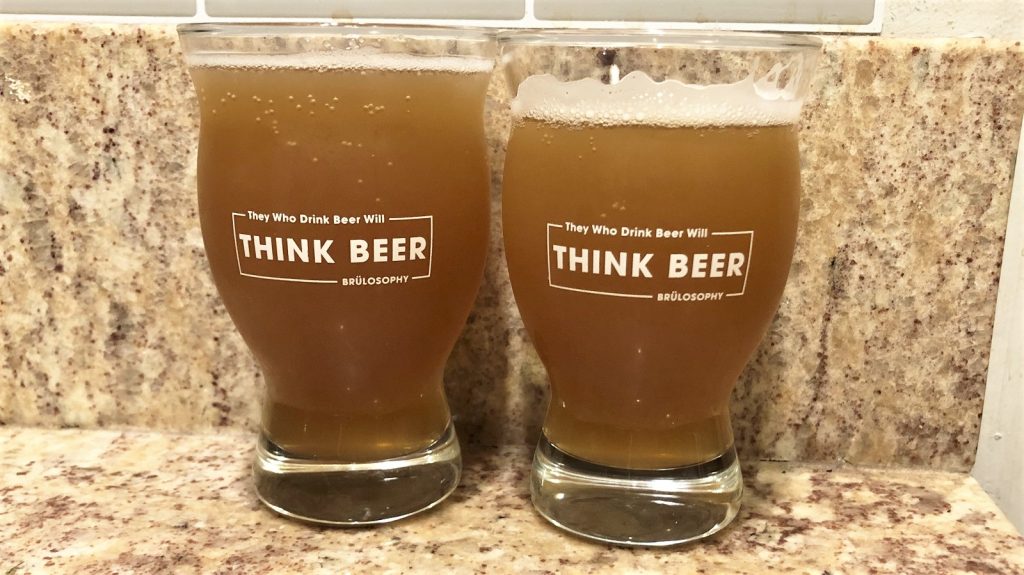











4 thoughts on “exBEERiment | Brewing With Rosemary: 30 Minute Boil vs. Flameout Addition In An American IPA”
Those beers look mank.
I’m very confused about the differences in OGs and FGs of the beers. Also, why is it so horrendous looking?
I tried Rosemary once, I believe I boiled one branch for 60 mins in a belgian wheat. Let me tell you, no one asked for a second serving of that beer. Not doing that anytime soon. If I recall well (it was like 10 years ago) the beer also had a weird look to it.
Are we saying the difference in OG/FG is a function of the time of the rosemary addition? Or just general inconsistency? Why not brew a single batch and then split it at the moment where the variable comes in? Also it seems two different batches of yeast were used instead of homogenizing the pitches? It seems as if it would be easy to remove some of the extra variables.